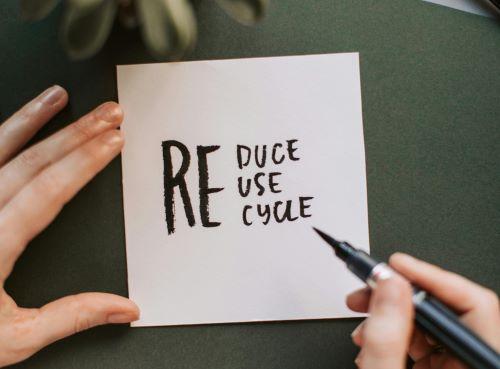Reframing the Plastics Conversation: 7 Strategies for Inspiring Action

Plastic is one of the most versatile manufacturing materials and is prevalent in our daily lives. The environmental footprint of plastic packaging is a complex issue, encompassing the entire product lifecycle, from raw material to end of life. Plastic packaging plays a crucial role in tackling food waste, contributing in a positive way. In some cases, plastic packaging is the best option to preserve and maintain food integrity and reduce the risk of spoilage and waste.
However, the plastic pollution crisis has reached a critical point, creating a sense of disillusionment that can lead to inaction. To support a circular plastics economy, providing a balanced view of plastics is crucial to encourage engagement and drive sustainability efforts forward.
The Sustainable Packaging Coalition, along with "How to Talk About Plastics” by Professor Joanna Gavins, Stockholm Environment Institute, and ReMA’s Recycling Lexicon, recently offered seven strategies to effectively communicate about plastics and encourage recycling and reuse.
- Use clear, plain language: Avoid industry jargon and opt for easily understood terms to reach a wider audience.
- Be honest and transparent: Openly discuss environmental concerns, share steps taken to reduce pollution, and acknowledge limitations without greenwashing.
- Tap into positive emotions: Focus on pride, hope, and optimism to motivate long-term pro-environmental behaviors.
- Balance positive frames with negative language: Use negative language sparingly for influencing specific actions, but avoid blaming or shaming consumers.
- Be specific about action: Provide clear directions on meaningful actions people can take to combat feelings of disempowerment.
- Show outcomes: Demonstrate the impact of individual actions to motivate continued effort.
- Tell a story with consumers as heroes: Use storytelling to highlight the utility of certain plastics and position consumers as agents of positive change.
By implementing these strategies, we can create a more balanced and effective dialogue around plastics.







